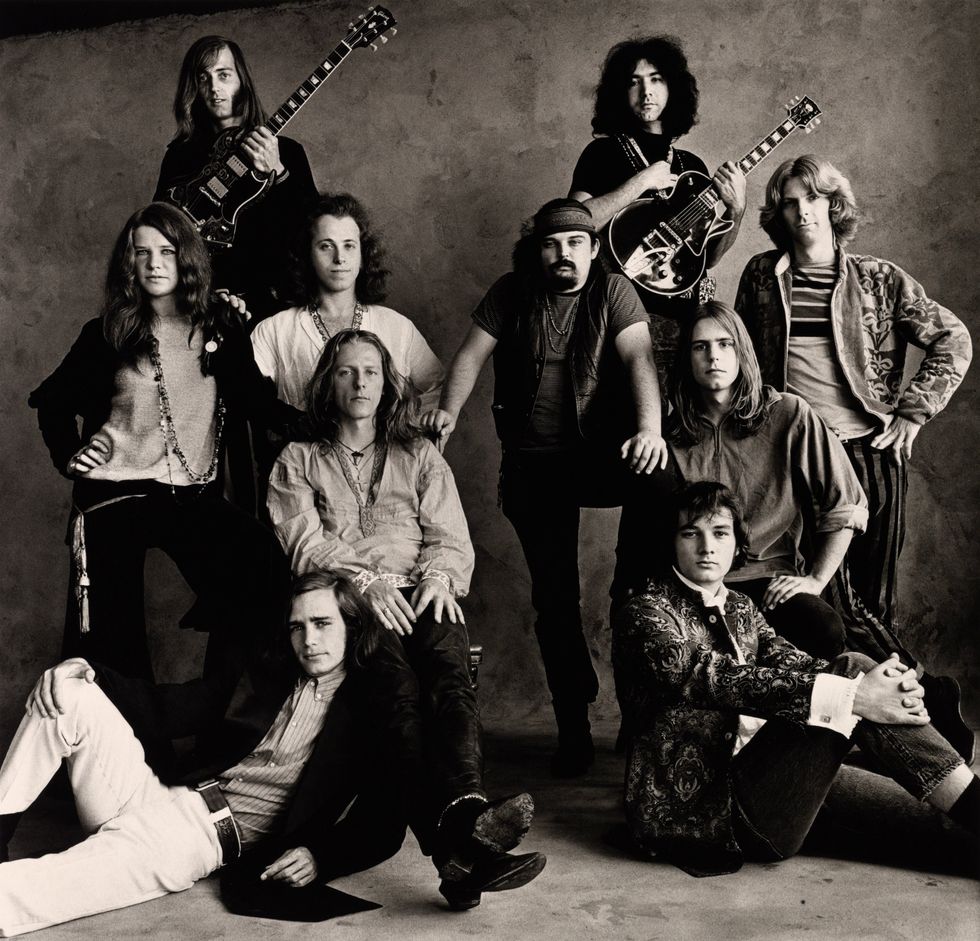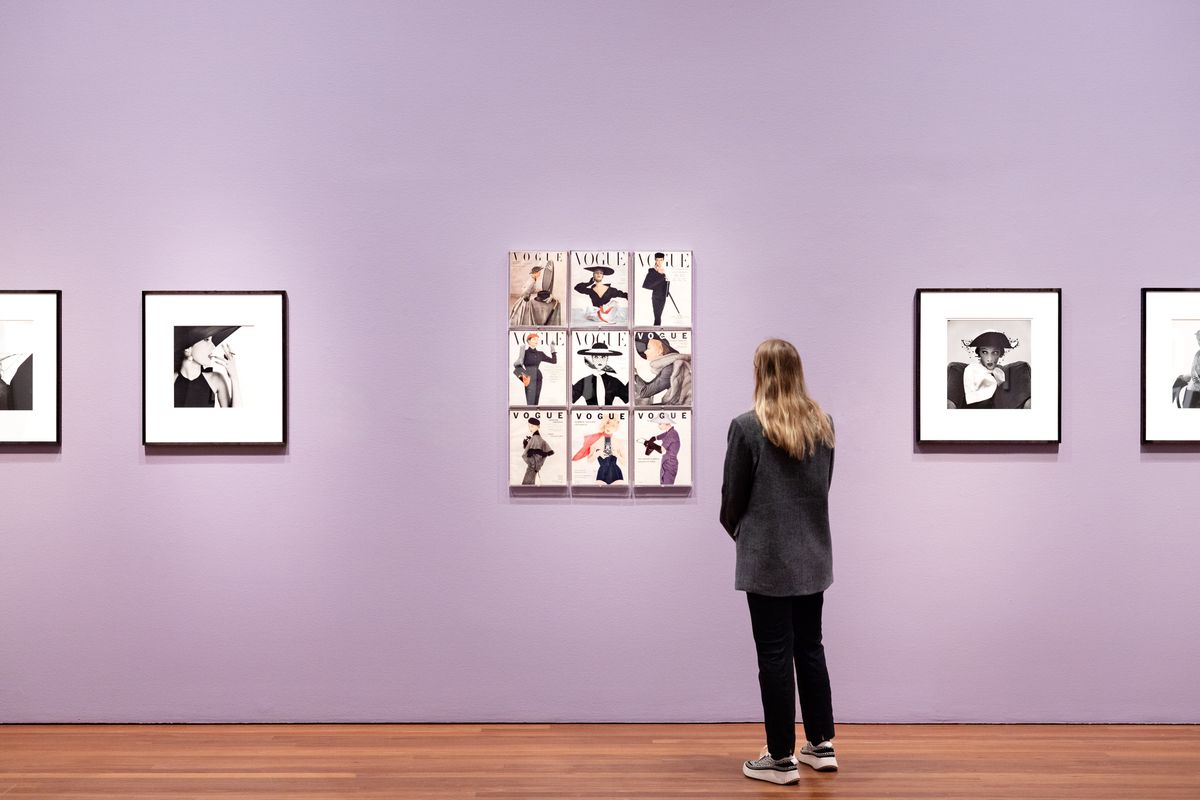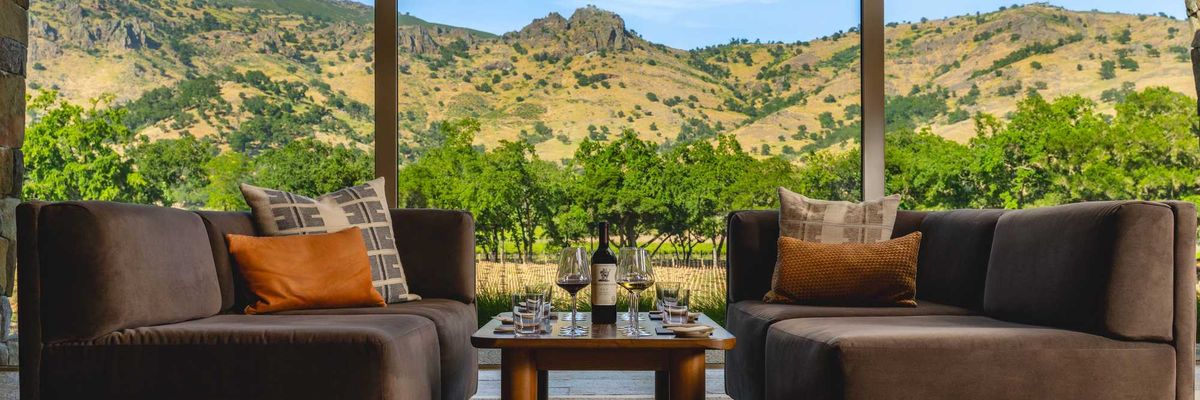Sartorialists may flock to the de Young museum this spring for yet another in a pearl-string of recent blockbuster fashion exhibitions, but the Irving Penn retrospective captures the famed photographer's impact well beyond the pages of Vogue.
The New Jersey–born photographer, who spent more than six decades as art director and contributor at Conde Nast's crown jewel magazine, upended the way fashion and celebrities were presented post-World War II.
He ushered in an era of simplicity at a time when portraits were flooded with elaborate artificial lighting and busy backgrounds. Using monochromatic backdrops and carefully harnessing natural light, Penn created a new style of portraiture that has become so ubiquitous, it's virtually impossible to imagine fashion and celebrity photography without it.
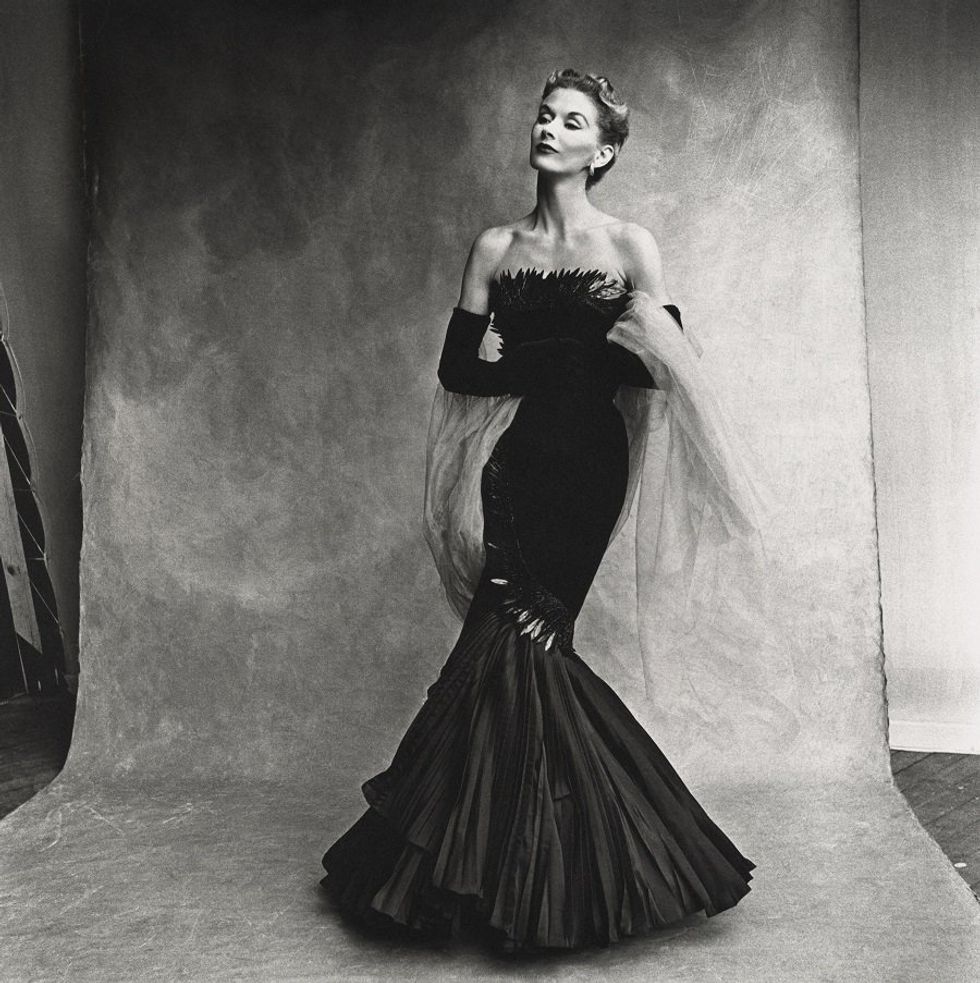
“Irving Penn is a giant of 20th century photography, whose portraits and still lifes were transformative for the medium,” says Thomas P. Campbell, director and CEO of the Fine Arts Museums of San Francisco.
In their new exhibition, the de Young brings together around 175 of Penn’s most memorable photos in a collection that spans his almost 70-year-long career. Among them are some of the most recognizable faces of the mid century: actor Audrey Hepburn fresh-faced and relaxed in a long-sleeved black sweater; surrealist painter Salvador Dali in a commanding seated pose, the ends of his oiled mustache upturned just so; a vulnerable Joe Lewis, champion boxer, wedged into a corner like an exhausted child.
But while Penn’s work with fashion and celebrities are what he’s best known for, the de Young’s retrospective reveals the truly multifaceted nature of the photographer's talents. In 1948, a trip to Cuzco, Peru resulted in a series of shots that framed everyday people in traditional clothing the same way he did models in couture. In the late 1960s, he once again returned to ethnographic photography in Papua New Guinea, Benin and Morocco, creating images that walk the line between colonial gaze, cultural authenticity, and universal beauty.
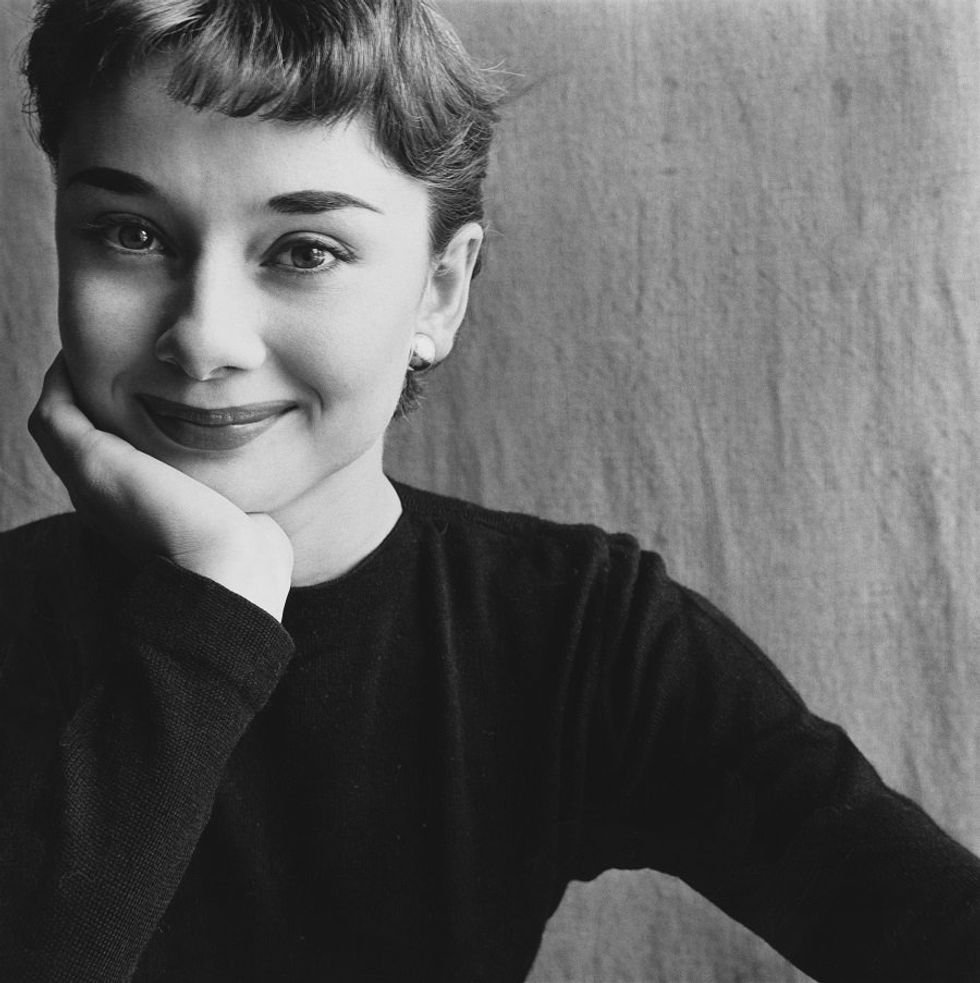
Penn’s lens was also drawn to the counter-cultural revolution in the late ‘60s. He visited San Francisco during the Summer of Love to document the faces of the popular movement, photographing hippies, Hell’s Angels, and rock bands like the Grateful Dead at a time when Haight Street was the epicenter of the world and Janis Joplin was still a bright-eyed teenager.
“Penn’s images of West Coast residents capture a moment of electrifying social change which forever altered the cultural landscape of the Bay Area,” says Emma Acker, the curator of American art who organized the exhibition.
Whether he’s capturing iconic writers, models, and actors or fishmongers and street vendors though, Penn approaches his subjects the same way: With an uncanny ability to reveal the essence of an individual. In his skilled hands, the camera became a tool of the fine arts long before it was widely considered one. The de Young’s exhibit makes clear just how much modern photography owes to his pioneering work.
// Through July 21 at de Young Museum, 50 Hagiwara Tea Garden Dr. (Golden Gate Park), famsf.org
